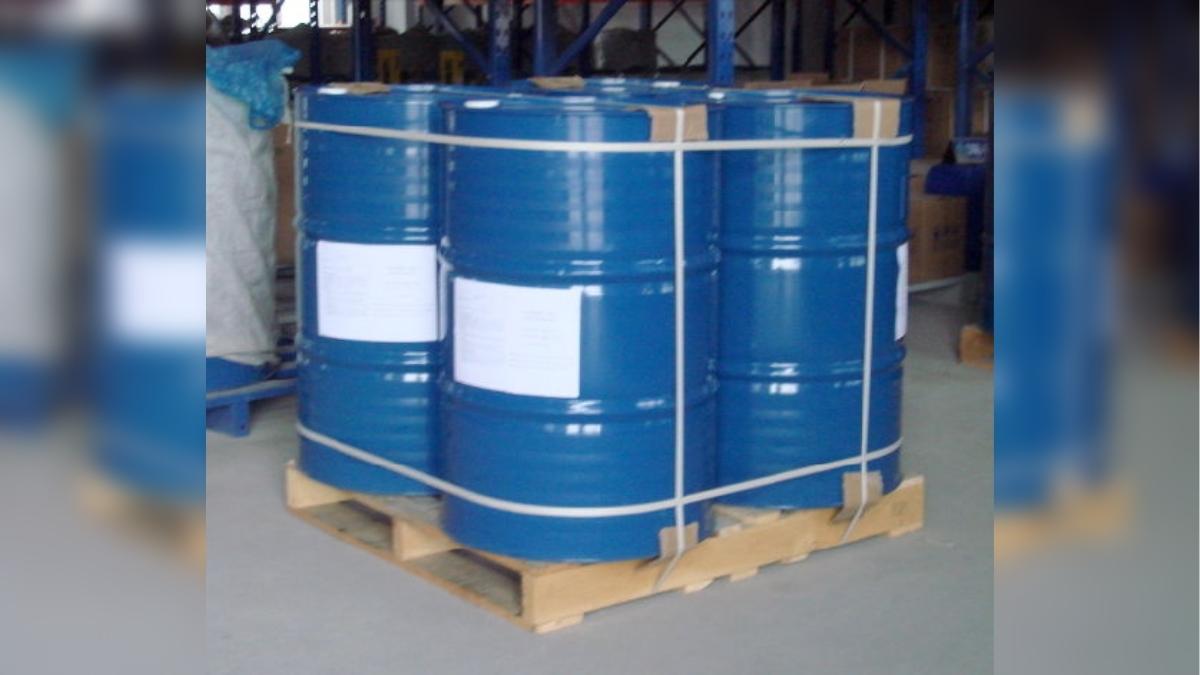Preparation of 3-chloropropylmethyldimethoxisilane by a halo organic radical process is disclosed in the present invention. The process involves reacting an alkali metal sulfide with a mixture of three-chloropropylmethyldimethoxysilane and dimethyl dichlorosilane under elevated pressure.
Examples of cationically polymerizable compound
Polymerizable compounds are a class of organic chemicals with an ethylenically unsaturated carboxylate group, forming a ring with the primary chain. Examples of polymers that are formed from 3-Chloropropylmethyldimethoxysilane include maleimide, succinic acid, and phthalic acid. The polymerization process results in the formation of other compounds with the same chemical structure.
Some of these polymers are composed of a hydroxyl radical. The phenyl-substituted C1-C4 alkyl radical is preferred to a C10-C22 aryl radical. Other examples of cationically polymerizable compounds are phenyl and butyloxy derivatives of this organic compound.
Another type of cationically polymerizable polymer is copolymers of maleic anhydride with an unsaturated carbonyl group. Two-hydroxyethylacrylate and 2-hydroxyethyl methacrylate are common examples. These polymers can also be polymerized with ethylenically unsaturated compounds.
Read Also: WPC2027
Preparation method of (halo organic radical) organoalkoxysilane
A halo organic radical organoalkoxysilane is a silicon-halogen-containing silane that reacts with an alkali metal sulphide to produce the corresponding aliphatic acid. The molar ratio of the two components is preferably 0.51 to 1.2, but may be as low as 0.6 to 1.15.
Haloorganic radical organoalkoxysilanes are compounds that contain organic functional groups derived from hydrocyanates or organic acids. In the present invention, an alkali metal salt is used to react with haloalkylalkoxysilanes. The catalysts involved in the reaction are known as phase transfer catalysts.
The haloorganic radical organoalkoxysilane precursors can be prepared by using ethanol and carbanion. The carbanion can then be used to prepare bromomethylene and p-bromobenzyl-methylene. Alternatively, the haloorganic radical organoalkoxysilane precursors may be synthesized by treating polysilacyclohexanes with reducing agents.
Reaction in ethanol
The reaction in ethanol of 3-Chloroproplymethyldimethoxysilane yields a yellowish product with a halide content of 55 ppb. This product is then subjected to a separate distillation to obtain the desired product. During this distillation, the product undergoes a reduction of pressure to remove the excess alcohol.
A mixture of methanol, ethanol, n-propanol, and methoxyethanol can be used in the reaction. The reaction in ethanol is carried out in an autoclave at temperatures between 0 and 200 degrees Celsius. The reaction can take five to eighteen hours to complete. This reaction is most effective in achieving high yields.
The reaction in ethanol of 3-Chloroprop-methyldimethoxysilane begins with the separation of the halide. The halide then passes into the gas phase slowly. The product is then esterified. This reaction is an important step in the manufacture of halogenated polymers. Once this step is complete, the desired product can be obtained.
Reaction in dimethyl dichlorosilane
Dimethyldichlorosilane (DCM) is a tetrahedral organosilicon compound with the formula Si(CH3)2Cl2. It is a colorless liquid that readily forms linear or cyclic Si-O chains with water. In this article, we will explore the reaction between DCM and water. This tetrahedral organosilicon compound has several important applications in chemistry.
The most important properties of this reaction include its selectivity for M2 as opposed to other chlorosilanes. To calculate the yield of each product, the molar ratios of the two components must be known before the reaction. The reaction takes place in a sealed flask at a temperature ranging from 0 to 5 degrees C. Once the reaction begins, the solution is injected into the flask at 0.3 g/min.
Read Also: Pacman 30th anniversary
The Grignard route was used to synthesize the molecule. In this method, the methyl chloride passes through a tube containing copper chloride and powdered silicon. This method was first developed by Eugene G. Rochow at General Electric, but it was soon followed by Richard Muller, who worked independently in Germany. They developed an alternate synthesis of dimethyldichlorosilane. For more detials about CAS:18171-19-2.
